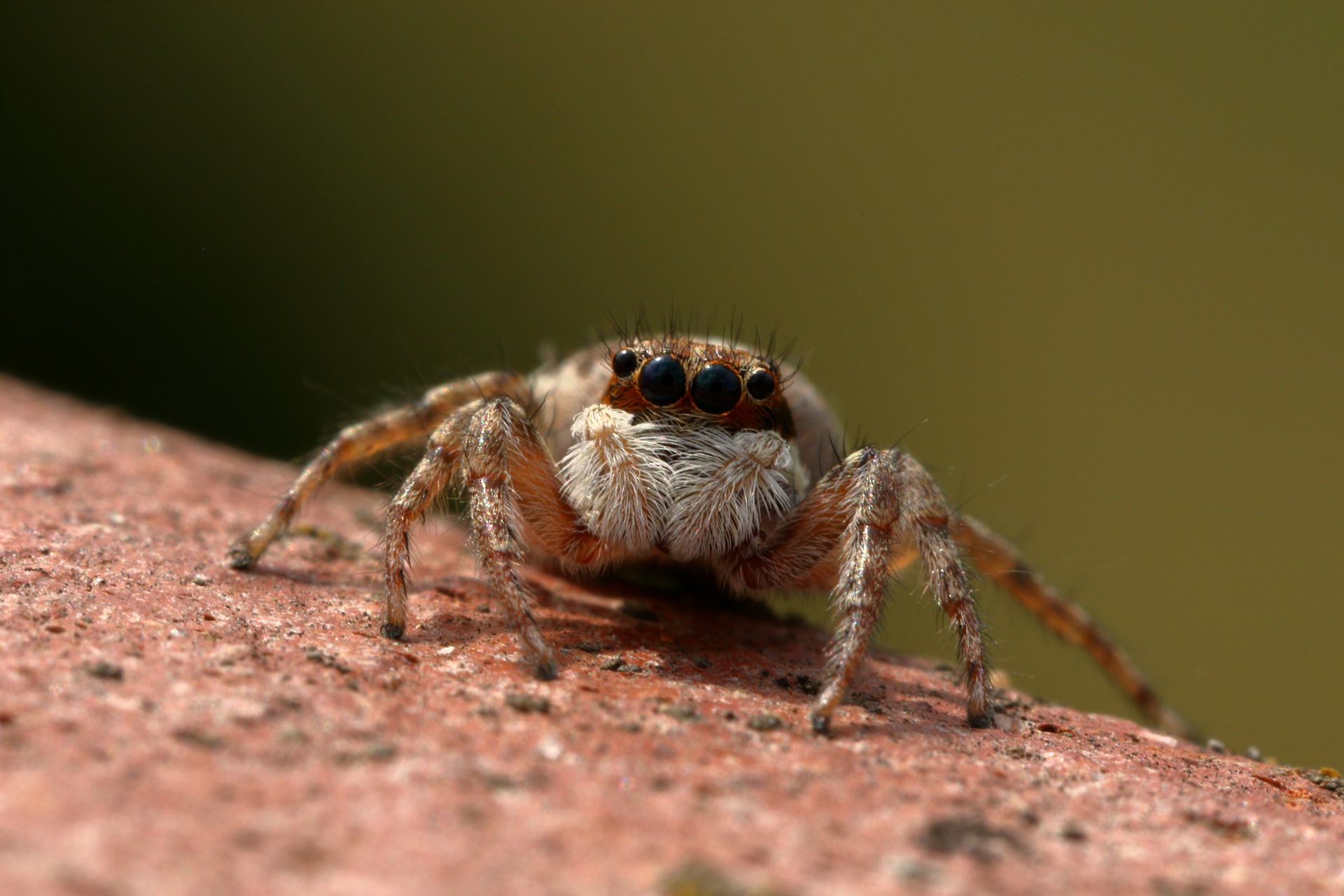Nestled in the mid-Atlantic region between the Appalachian Mountains and the Atlantic coast, Virginia offers a unique blend of culture, diversity, and rich ecosystems. As you explore the state’s impressive geography and climate, be prepared to encounter a variety of spiders, including some poisonous species. While the black widow is the only highly venomous native spider, there are other potentially dangerous ones like brown recluses. Stay vigilant during your visit to Virginia to ensure a safe and enjoyable experience with these poisonous spiders.
Table of Contents
Black Widow Spiders
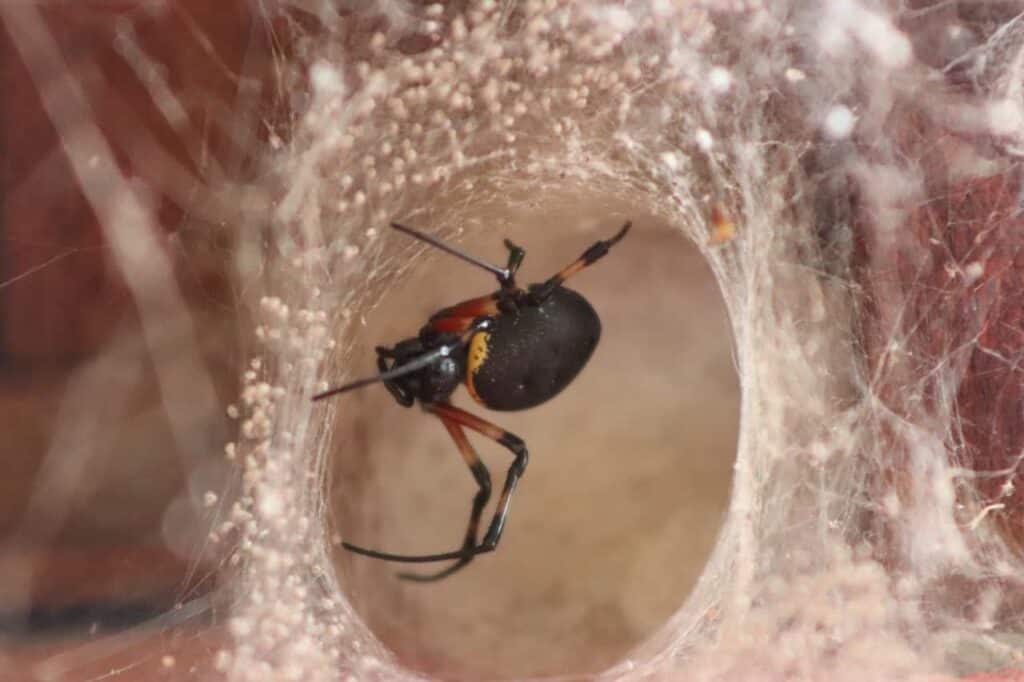
The black widow, the most dangerous spider in Virginia, boasts a venomous bite marked by a shiny black abdomen and a distinct red hourglass on its body. Growing up to 1.5 inches, these spiders are found in forests, woodlands, and grasslands throughout the state. It’s crucial to be aware of your surroundings, as encountering these aggressive spiders, especially the females with red hourglass markings, can lead to potentially harmful bites. Protective gear is advisable during exploration to avoid dangerous encounters, with immediate medical attention recommended if bitten, given the symptoms, including muscle pain, rapid heart rate, difficulty breathing, and potential fatalities.
Tiger Wolf Spider

The tiger wolf spider, reaching lengths of 3 inches, is another formidable arachnid in Virginia. While not typically fatal, their potent venom can cause swelling, severe pain, and redness. These large spiders, unique for their hunting methods, actively seek and chase prey without using webs. Identified by their black or brown coloration with a light brown line on the cephalothorax, tiger wolf spiders can induce allergic reactions, making it important to avoid bites. Awareness of their presence, especially in different regions, is key to a safe exploration of Virginia.
Black and Yellow Garden Spider
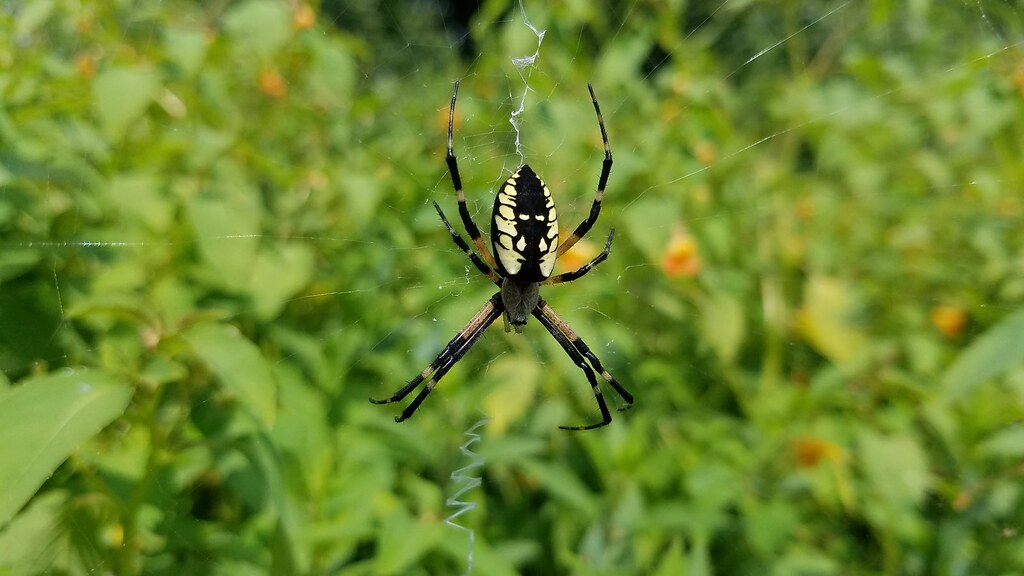
The black and yellow garden spider, a common species in Virginia, grows up to 3 inches. Easily identifiable by their silvery cephalothorax, black and yellow abdomen with white spots, and brownish-red legs, these spiders are prevalent in various habitats. While their bites are generally not dangerous for healthy individuals, those who are immunocompromised may experience severe allergic reactions due to their venom. Despite their intimidating appearance, cautious observation should suffice for a safe encounter with these legendary spiders.
Brown Recluse Spiders
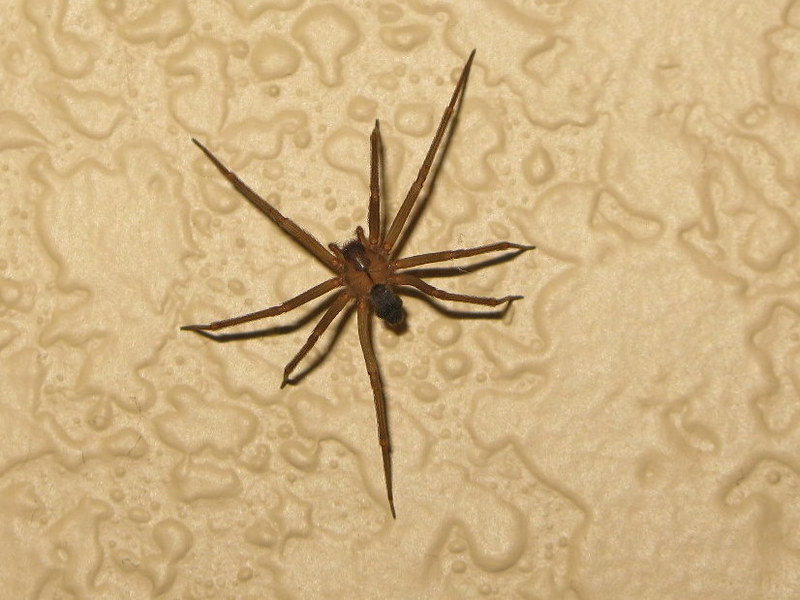
The brown recluse spider, found in various Virginia habitats, is known for its shy nature and preference for dark places. While smaller than black widows, these spiders are equally dangerous, causing infections and, in severe cases, fatalities with their potent venom. Transported to homes through woodpiles, brown recluse spiders are characterized by their hiding and ambushing techniques. Their venom affects the central nervous system, leading to complications such as difficulty breathing and tissue damage. Vigilance in different environments is crucial to avoid encounters and potential bites.
Brown Widow Spiders
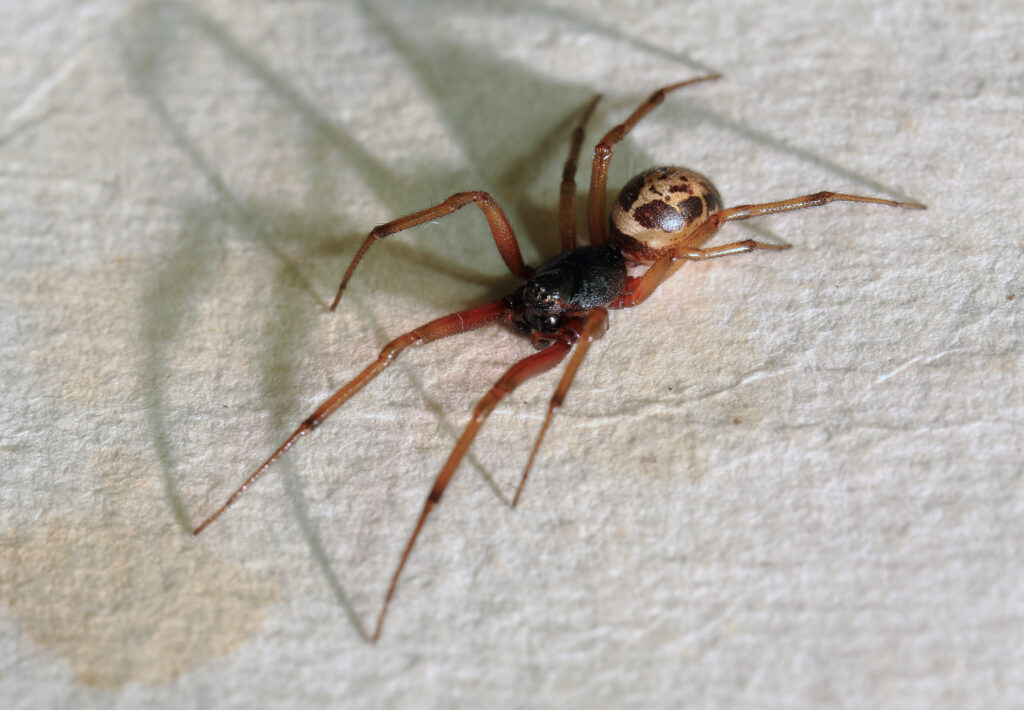
Growing up to 16 millimeters, brown widow spiders are a common poisonous spiders in Virginia, originating from South America or Africa. Light brown with an orange-red hourglass-shaped abdomen, these spiders are known for their aggressive behavior. With a neurotoxic venom capable of causing severe allergic reactions and fatalities, encounters should be approached with caution. Symptoms of a bite include muscle rigidity, pain, sweating, nausea, vomiting, and, in extreme cases, cardiac arrest. Immediate medical attention is essential if bitten, ensuring a safer exploration of the area.
Tarantulas
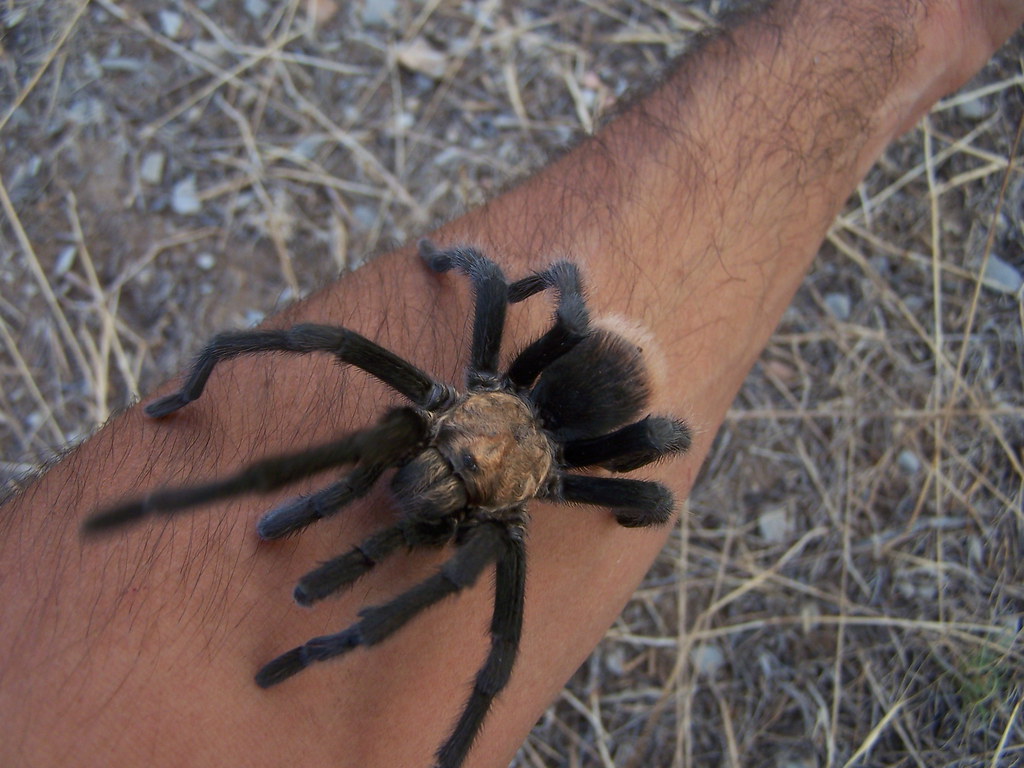
In different parts of Virginia, you’ll encounter tarantulas, common but non-venomous spiders that can still pose a threat with their irritating hairs. While their bites can cause severe allergic reactions, including swelling, redness, numbness, and pain, it’s advisable to remain vigilant when exploring various areas in the state to avoid these creatures.
Black-Footed Yellow Sac Spider

Thriving in various regions of Virginia, black-footed yellow sac spiders stand out with their pale-yellow beige color and dark brown markings. Recognizable by an orange-brown stripe on their abdomen, these spiders may cause swelling and itching with their bites, and the symptoms can persist for up to ten days. The danger lies in their bites, known to cause tissue necrosis and cell death. Active at night, these spiders are more common during your trip, emphasizing the need for caution.
American Nursery Web Spider
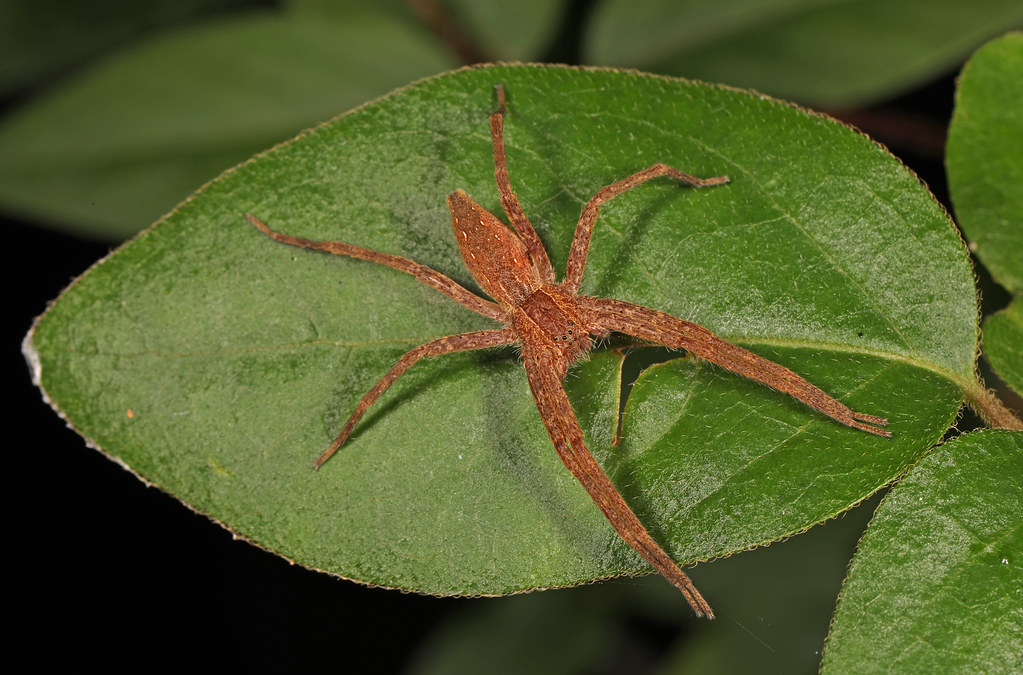
The American nursery web spider, growing up to 3 inches, is found in different parts of Virginia. Their venom affects human cells and tissues, making it crucial to avoid them during your trip. Coming in brown and reddish-brown colors with a dark brown pattern, these spiders exhibit cannibalistic behavior, posing a risk during mating. Interaction with them can lead to severe infections, highlighting the importance of caution when encountering these creatures.
Southern House Spider

Often mistaken for brown recluses, the southern house spider is another of poisonous spiders present in various areas around Virginia. Growing up to 2 inches, they possess venom causing intense pain lasting up to three days. Resembling brown recluses in size and color, these spiders, with both males and females nearly identical, prefer dark places like crevices in homes. Spider bites are common in homesteads, underscoring the need for careful exploration in different habitats across the state.
________________
Check out the spider species in other US states:

